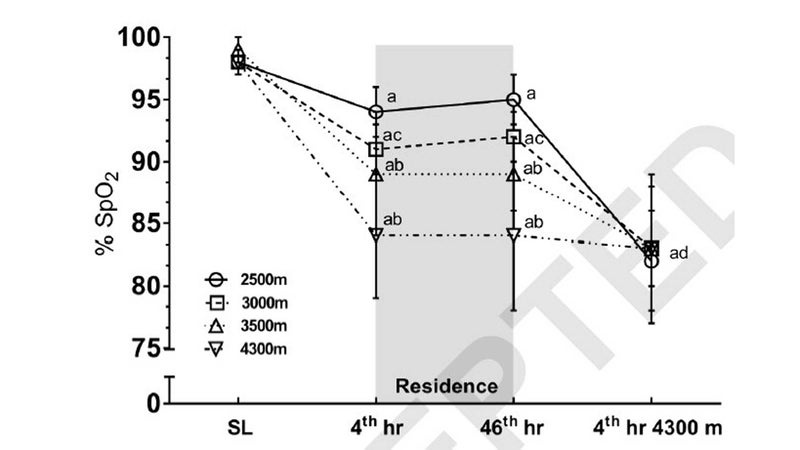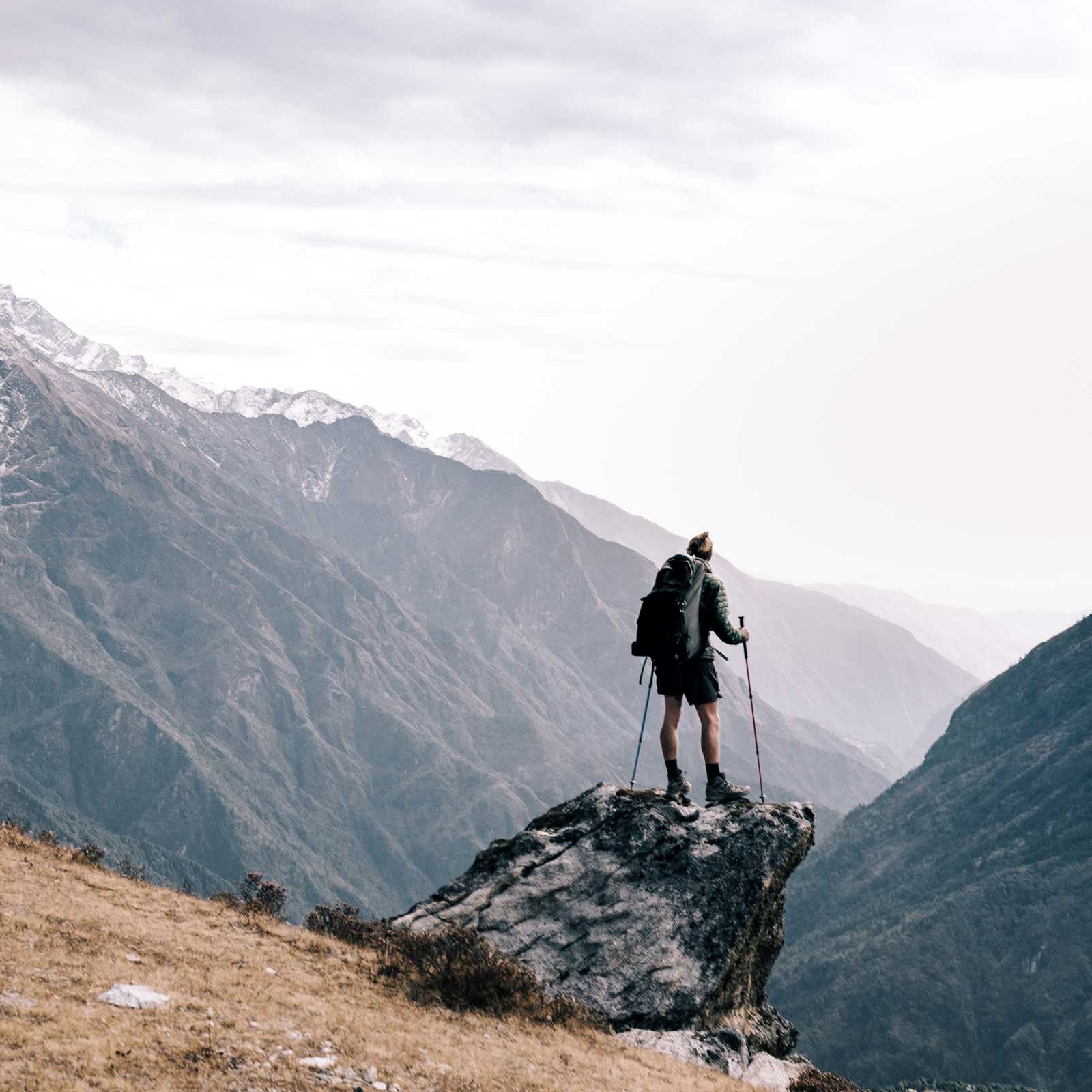You’ve got an awesome mountain adventure planned. Maybe it’s a trail race, or a backpacking trip, or a ski tour. There’s just one problem. If you knock off work on a Friday afternoon then fly directly to Denver or Calgary (or La Paz!) and head uphill, you’re going to run into trouble with altitude. The risks of altitude illness are well known, but even if you dodge that bullet there’s still the unavoidable fact that you’re going to be slower and weaker in the thin mountain air—and the effects will be worst shortly after you arrive, before you’ve had a chance to acclimatize.
The obvious solution is to spend weeks gradually adjusting to the altitude, as Everest climbers do with their prolonged two-steps-forward-one-step-back progression to greater and greater heights. When my wife and I went several years ago, we decided to skip the usual flight from Kathmandu to Lukla and instead took a bus partway then walked for four days to the start of our trek. That was partly because we had no money, and also because we wanted to be as conservative as possible about getting used to altitudes of up to 19,000 feet. But that strategy required another luxury that’s even scarcer these days: time.
One of the most pressing questions for people slotting mountain adventures into precious vacation is how much time they need to allot to acclimatization. Will arriving a day or two early make an appreciable difference to their performance and health? This is also, as it turns out, a crucial question for military personnel being deployed on mountain missions where they need to quite literally hit the ground running. Optimizing that calculation is the motivation for from researchers led by Robert Kenefick at the U.S. Army Research Institute of Environmental Medicine, in Natick, Massachusetts, published in the journal Medicine & Science in Sports & Exercise.
The question the new study asks is: if you’re headed to 14,000 feet (4,300 meters) and need to perform well right away, is it worth trying to get there (or partway there) two days early? Specifically, the researchers had 66 volunteers complete a series of tests, including a 5-mile time trial on a treadmill set at 3 percent grade, at the altitude research lab on the summit of Pikes Peak in Colorado. For the two days prior to the tests, the subjects were split into four groups who either camped in Pikes Peak National Forest at 8,200 feet, 9,800 feet, or 11,500 feet, or stayed at the research station at 14,000 feet. A from the same group had found that spending six days at 7,200 feet did significantly improve performance after a rapid ascent to 14,000 feet, an approach known as staging. But who’s got six extra vacation days? The goal this time was to do it faster by going higher.
There was one other variable the researchers threw in. Exercising at altitude puts your oxygen-starved body in even greater stress, so adding some workouts during your acclimatization period might serve as an additional adaptive stimulus. For example, if you head from sea level to 7,200 feet, the oxygen saturation of your blood will drop from somewhere in the upper 90s to about 94 percent. That means only 94 percent of the hemoglobin in your arteries is carrying a full load of oxygen. If you then start exercising at a moderate intensity, that number will drop to 89 percent—the equivalent being at 9,800 feet instead of 7,200 feet for the duration of the exercise. So in each of the four groups, half of the subjects were assigned to spend three or four hours a day hiking during the two-day staging period, for an extra altitude boost.
The result of all these machinations? A big fat nothing. All eight of the subgroups produced essentially identical results in the final testing at 14,000 feet. Here’s what the oxygen saturation (% SpO2) data looked like, starting at sea level (SL), then at the beginning and end of the two-day staging period, and finally at the summit of Pikes Peak:

If you squint optimistically, you might imagine that there’s some evidence that the oxygen saturation levels were starting to creep up in the two highest groups after two days of staging, but there was no statistically significant difference. One notable gap in this study is that, for logistical reasons, they weren’t able to test the subjects at 14,000 feet with no acclimatization. Without this control condition, it’s theoretically possible that the two-day staging protocol was equally effective at all four altitudes, rather than being totally useless. But the smart money (and the researchers’ conclusions) is on for the latter option, unfortunately.
Trying to generalize from results like these is a bit fraught. We can say with reasonable confidence that if you’re planning to do a five-mile run at the summit of Pikes Peak, getting there or thereabouts two days early won’t help. But what if you want to run ? You’ll be starting at just 6,300 feet, so maybe that’s different. There are endless variables in terms of the exact elevation, duration, and nature of different challenges that make it hard to be definitive. But if we have to extract some general rules of thumb for mountain adventures from this body of research, I’d go with: getting there six days early helps; getting there two days early doesn’t; and, since we don’t yet know what happens between days two and six, you should err on the safe side and lobby for more vacation days.
My new book, , with a foreword by Malcolm Gladwell, is now available. For more, join me on and , and sign up for the Sweat Science .


